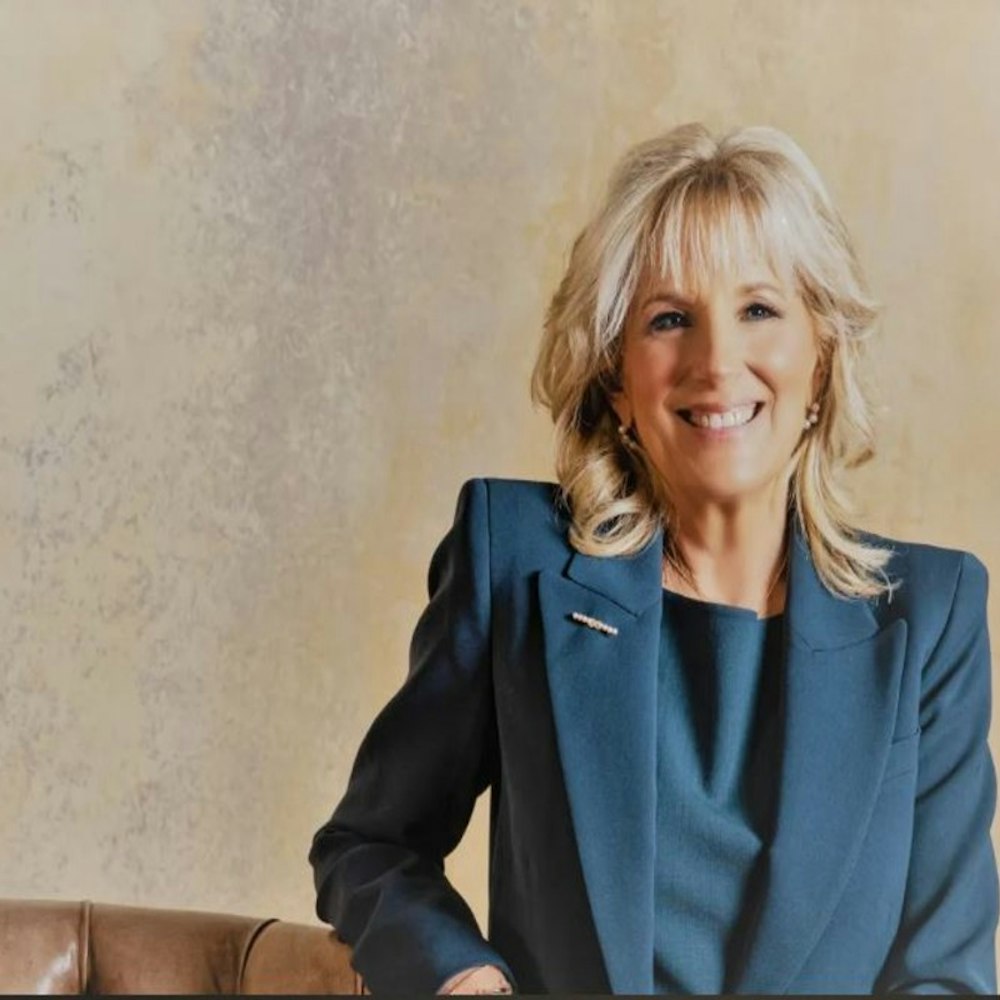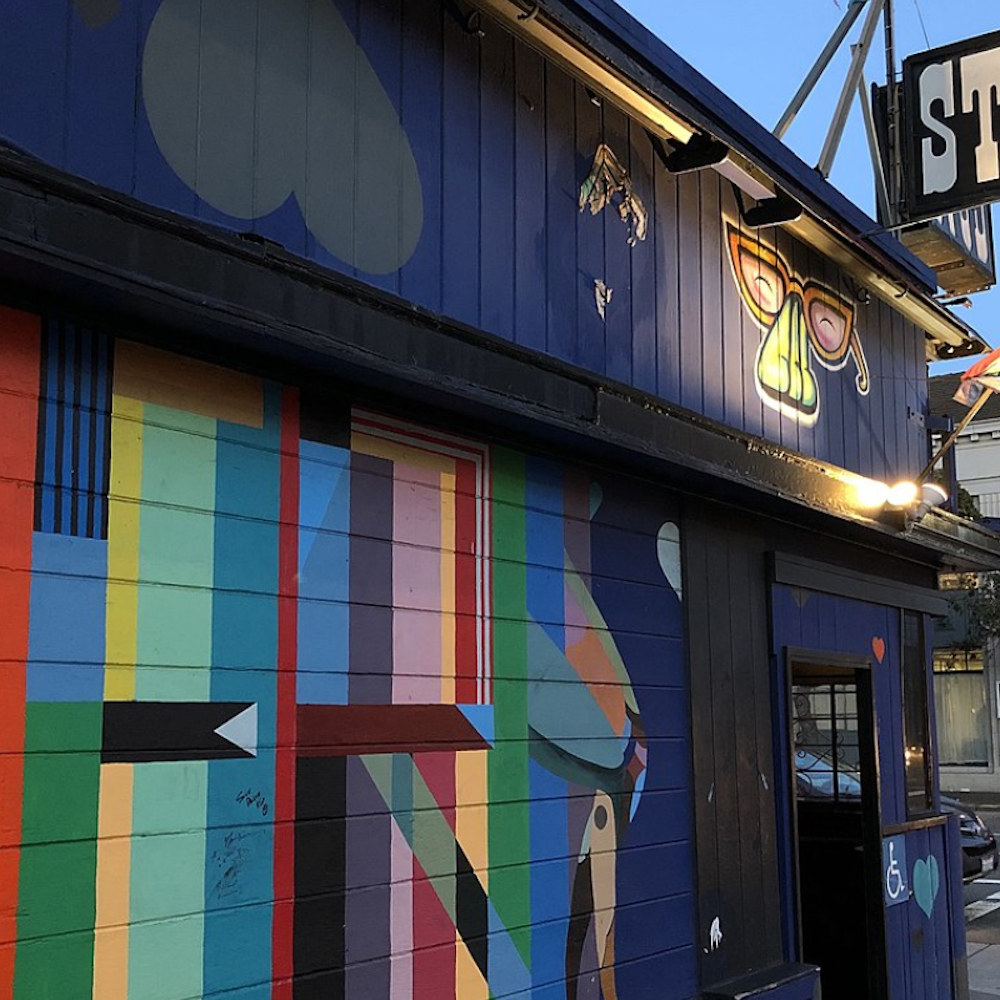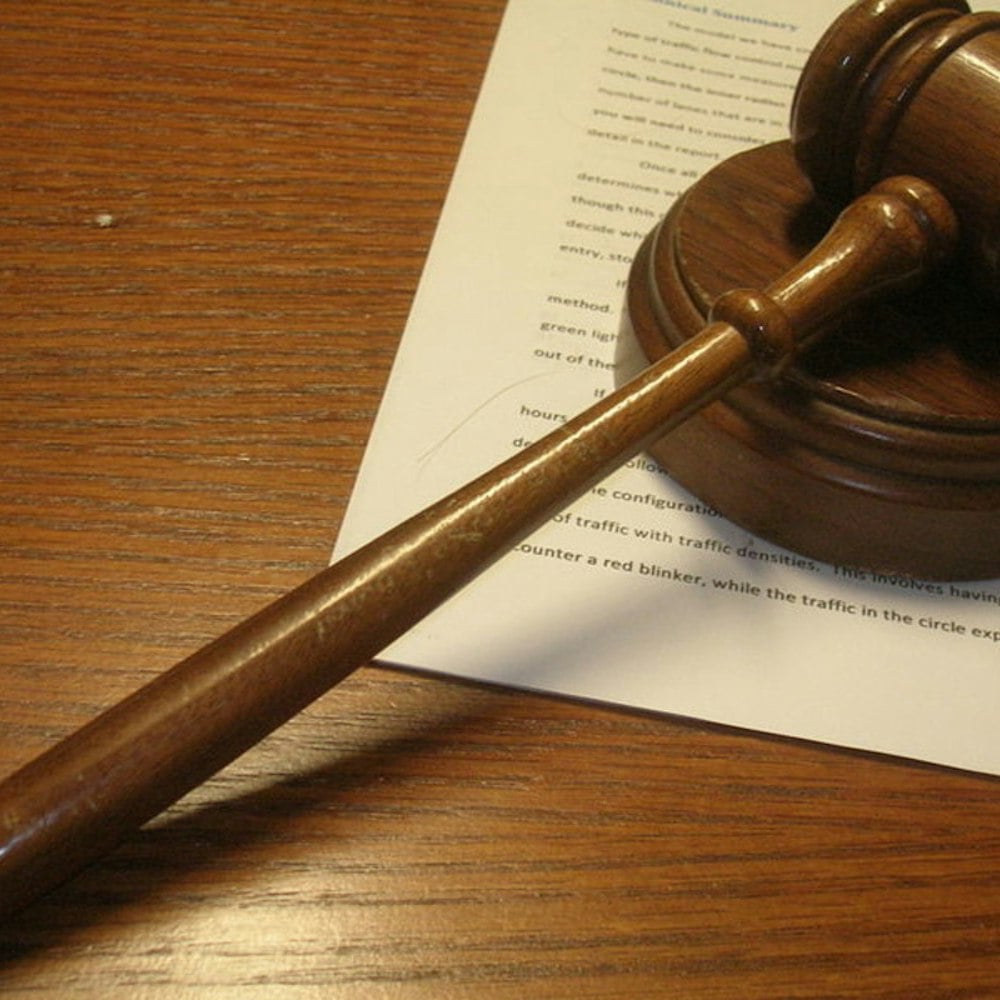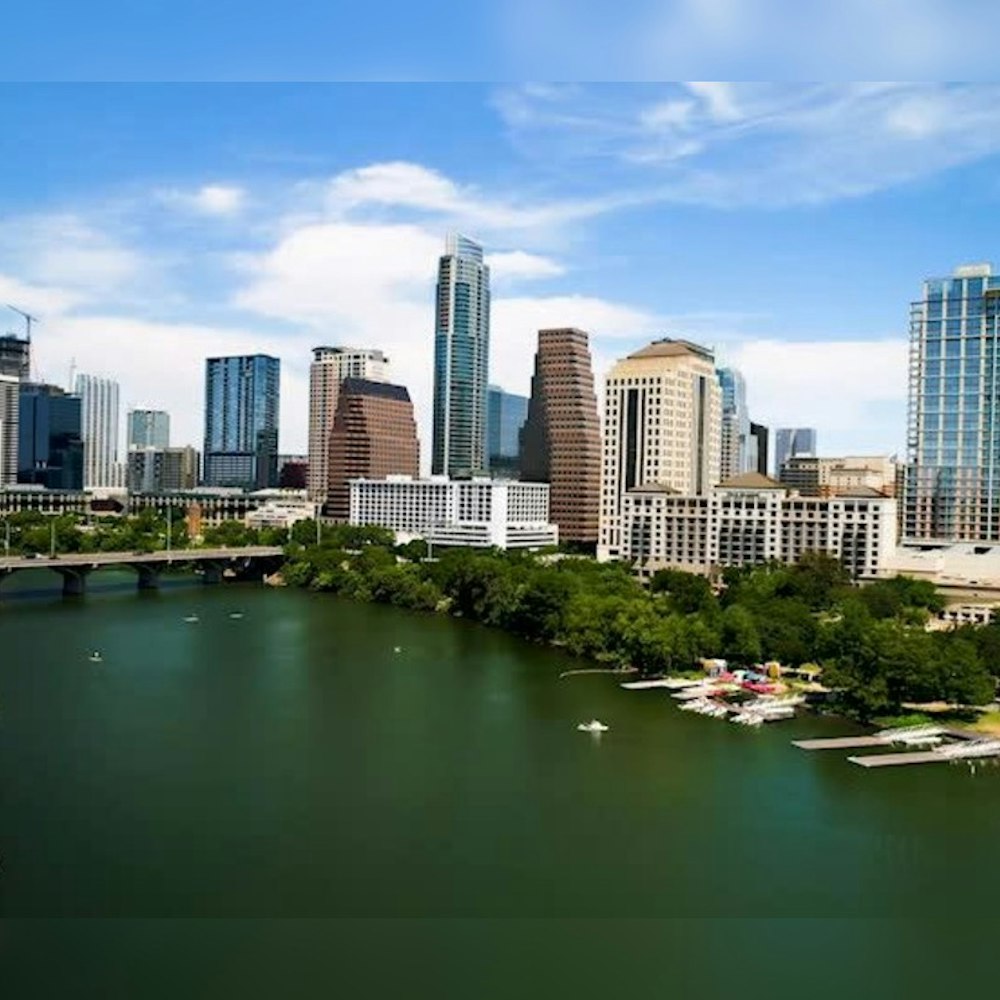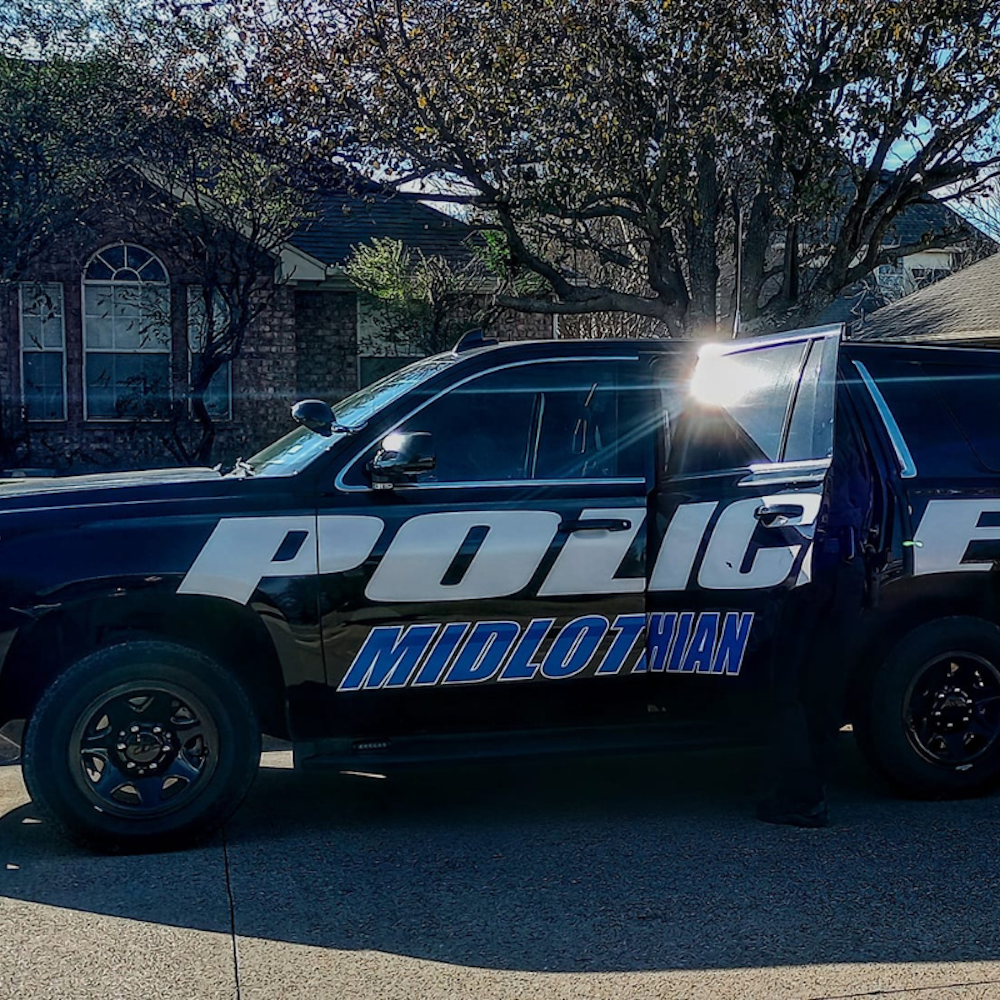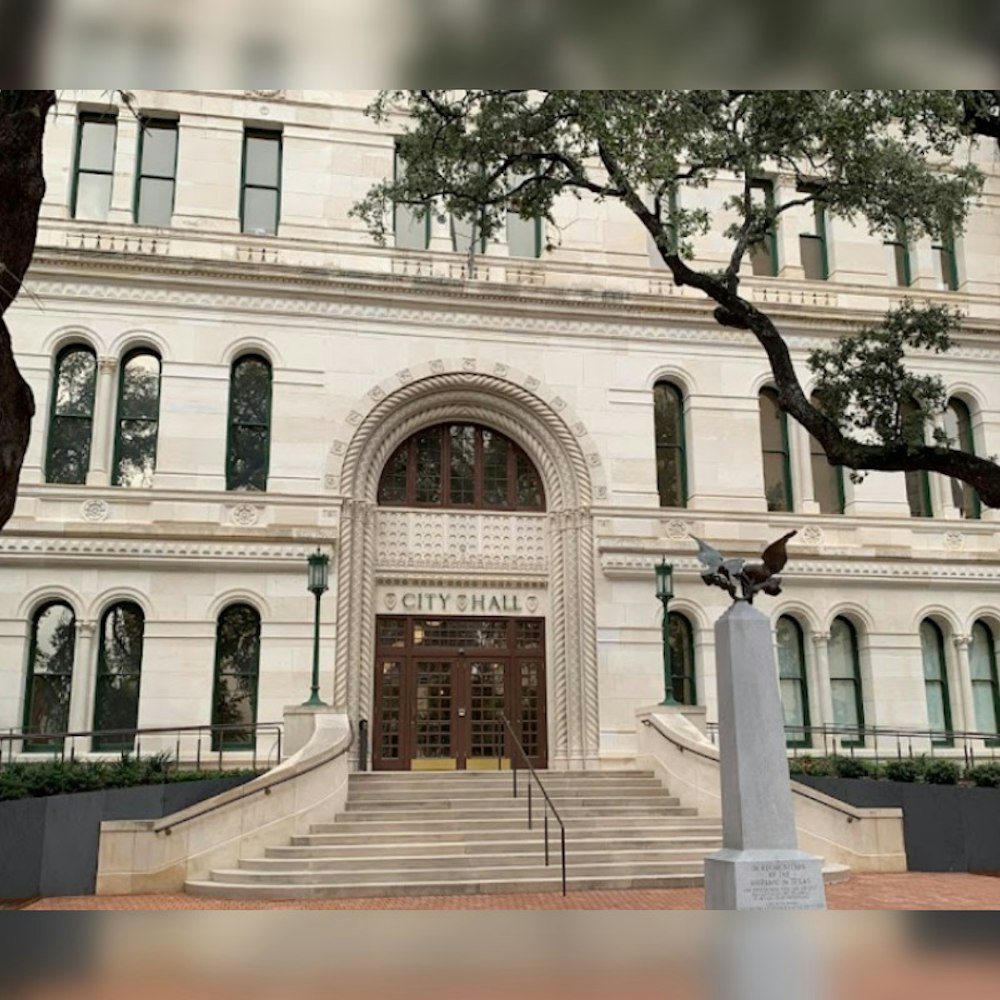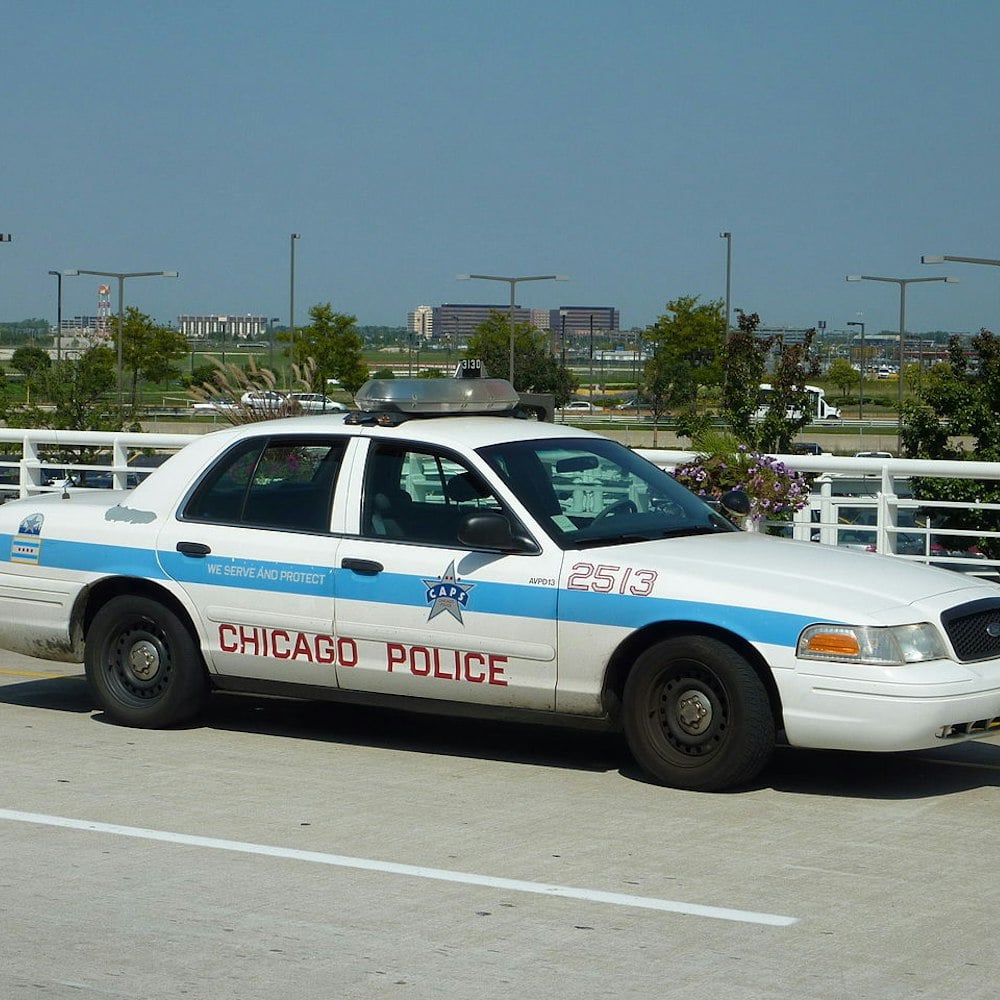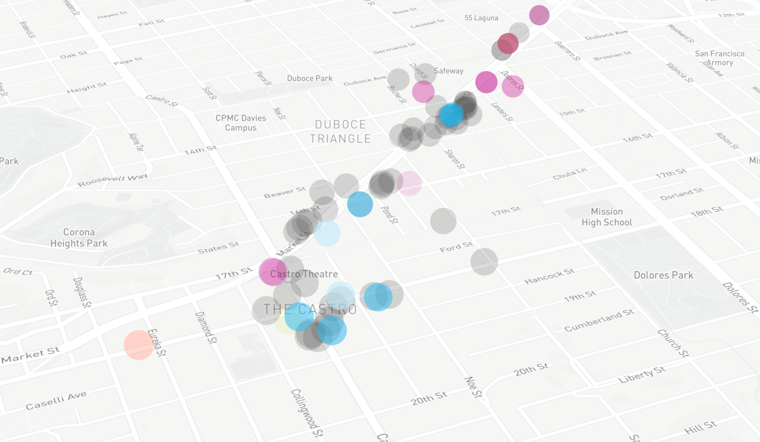
Linger long enough on one of the Castro’s street corners, and sooner or later, someone will make a comment about the number of empty storefronts in the neighborhood.
“The retail situation has gotten worse, and it’s getting harder and harder,” one neighbor told us. “I’m pretty pessimistic when it comes to retail in the Castro.”
The narrative that there are more vacancies in the Castro today than, say, two or four years ago is a popular one. Recently, the CVS on Market Street and 18th Street shoe store Dashing Sole shuttered, and earlier this month, Wildcraft Espresso Bar suddenly closed up shop. All three businesses had been open for less than three years.
We’ve crunched the numbers, and found that the narrative is more than just anecdotal: it’s accurate.
Today, there’s a 12.8 percent vacancy rate in the Castro—or 53 empty storefronts. That roughly 87 percent occupancy rate compares to a citywide rate that hovers around 97 percent, which is one of the country's highest. Instead, the neighborhood rate looks more like the national 11 percent average.
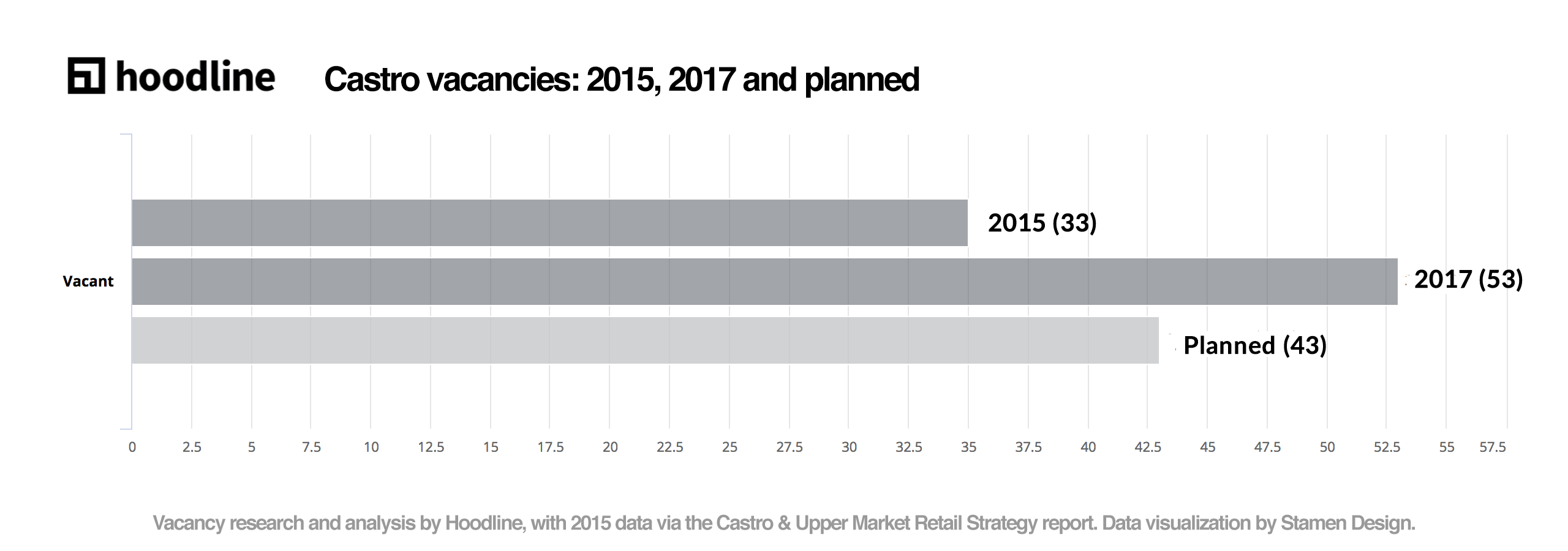
The vacancies we found indicated that there's a big increase from 2015, when the Castro/Upper Market Community Benefit District (CBD) reported an estimated 8 percent vacancy rate (33 stores). That number, in turn, was up slightly from 2013, when the SF Office of Economic and Workforce Development found a 7.8 percent vacancy rate (27 stores).
How We Got Our Results
Before we dive any deeper into the issues and potential solutions, here’s more detail about our methodology.
Unfortunately, there is very little local retail data available regarding neighborhood vacancies.
So, we compiled a spreadsheet (which you can view here) of vacancies based on three sources: our ongoing reporting of business openings and closings in the neighborhood, sourced from our tipsters, public data sets, and Yelp; our analysis of the 2015 CBD report; and our tallies from three separate visual counts.
We've tried to follow the CBD approach as closely as possible.
The CBD also did a visual count when compiling its 2015 report: “I personally hopped on a bike and visited [vacant storefronts],” explained Danny Yadegar, the CBD’s 2015 study coordinator.

We defined any Castro property as vacant if we couldn’t walk in the door and purchase a good, service, or experience. That includes some long-running vacancies like the former Patio Café space, which has sat unused for roughly 15 years, and a few soon-to-be-filled spots, like Art Attack gallery, which is planning to open as soon as this week.
Our definition also encompasses empty ground-floor retail spaces at new mixed-use developments, like 2175 Market St., Venn on Market, and The Duboce.
We actually tallied 60 neighborhood retail vacancies in the larger Castro. Out of that total, 53 fall within what the Castro/Upper Market CBD defines as its retail corridor, so we went with the latter number to make a better comparison. Overall, we calculated that there are approximately 412 total commercial properties in the district.
This methodology may be somewhat different from other retail studies that reference things like contracts with pending tenants; however, our methodology is meant to be a snapshot of what the public sees in the neighborhood today.
Our Findings
This first interactive map shows the known vacancies in 2015, per the CBD's study, in gray.
Every colored dot indicates a business that was open in 2015 that has since closed (you can mouse over each to see the names).
To help us understand more detailed trends, we've coded businesses using Yelp's overarching categories.
- Orange: Shopping, from clothing to art supplies
- Light blue: Food, from coffee shops to fast food to ice cream
- Dark blue: Restaurants
- Light purple: Active Life and Beauty & Spas, from spas to gyms, body piercing and nail salons
- Dark Purple: Health & Medical, including doctors, dentists, and other medical offices
- Light green: Local Services, including laundromats
- Dark green: Financial Services, including banks and check-cashing services
Not only did total vacancies increase, but the Shopping category took a big hit.
Here's a look at 2017.
In the 2017 view, gray dots show new vacancies since 2015. A colored dot indicate a business that has opened since 2015 in a previously vacant location, by category.
To get a better sense for how these changes compare to other neighborhoods, we looked at two other San Francisco neighborhoods that the 2015 CBD study had referenced. For our purposes, we used Yelp to help generate results.
Despite the vacancies, the Castro's main corridors still have a sizable number of Shopping category options and an overall considerable number of businesses.

We currently know of 10 businesses that are planning to open within the CBD's retail corridor, including Le Marais Bakery, Indian restaurant Deccan Spice, and as we reported last week, R by Rolo. That’s an increase from the six businesses that were anticipated to open within a year of the 2015 CBD report. Plus, our number doesn’t include two additional forthcoming shops that fall outside of the CBD’s boundaries.
From what we can see, the businesses that are planning to open in the neighborhood are a different mix than the businesses that have closed.
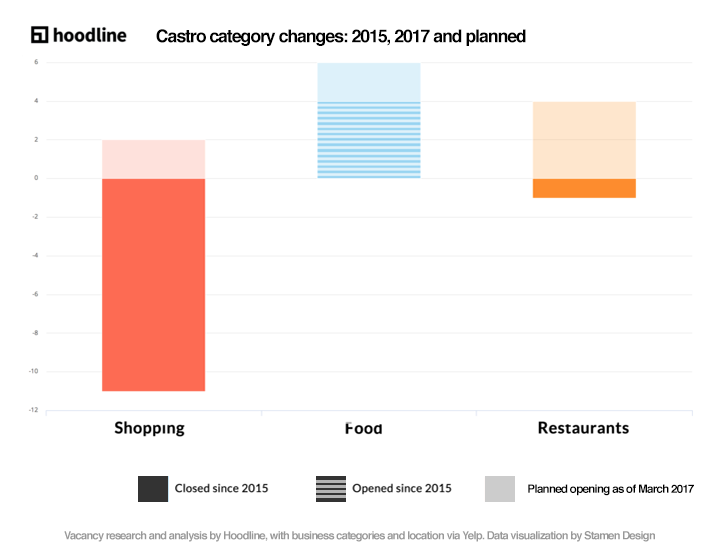
But don’t expect these dozen new businesses to open overnight.
Of the six businesses that were slated to open within a year of the CBD’s 2015 report, only three are actually open today: Philz Coffee, SoulCycle, and as of last month, Verve Coffee Roasters.
The other half have met with various struggles: the Castro Fountain is still trudging through construction delays, Artís Coffee shuttered after eight months (although it was replaced with Project Juice), and Hamburger Mary’s claims to be holding out for the right kitchen manager.
But even if all 12 businesses that we know of manage to open in the Castro within a year, 48 spaces in the neighborhood will remain vacant—43 of them within the CBD’s boundaries.

One other interesting note: 10 of the vacancies today are in buildings that hadn't been constructed in 2015 (you can see this if you dig around in the maps). In the 2015 map, we show any known vacancies in locations that have since been demolished (like the former Home restaurant). In the 2017 map, we show the retail spots in any new buildings, either filled or vacant.
What's The Problem?
The causes and solutions range as wide as the people we talked to, who cited everything from rent to city regulations to the internet to quality-of-life issues (like homelessness) when explaining what’s wrong, and what should be fixed.
When asked why she thinks there are more retail vacancies today than in 2015, Andrea Aiello, the CBD’s executive director, told us that many five-year commercial leases have come up for renewal, and tenants aren’t able to re-sign at higher prices.
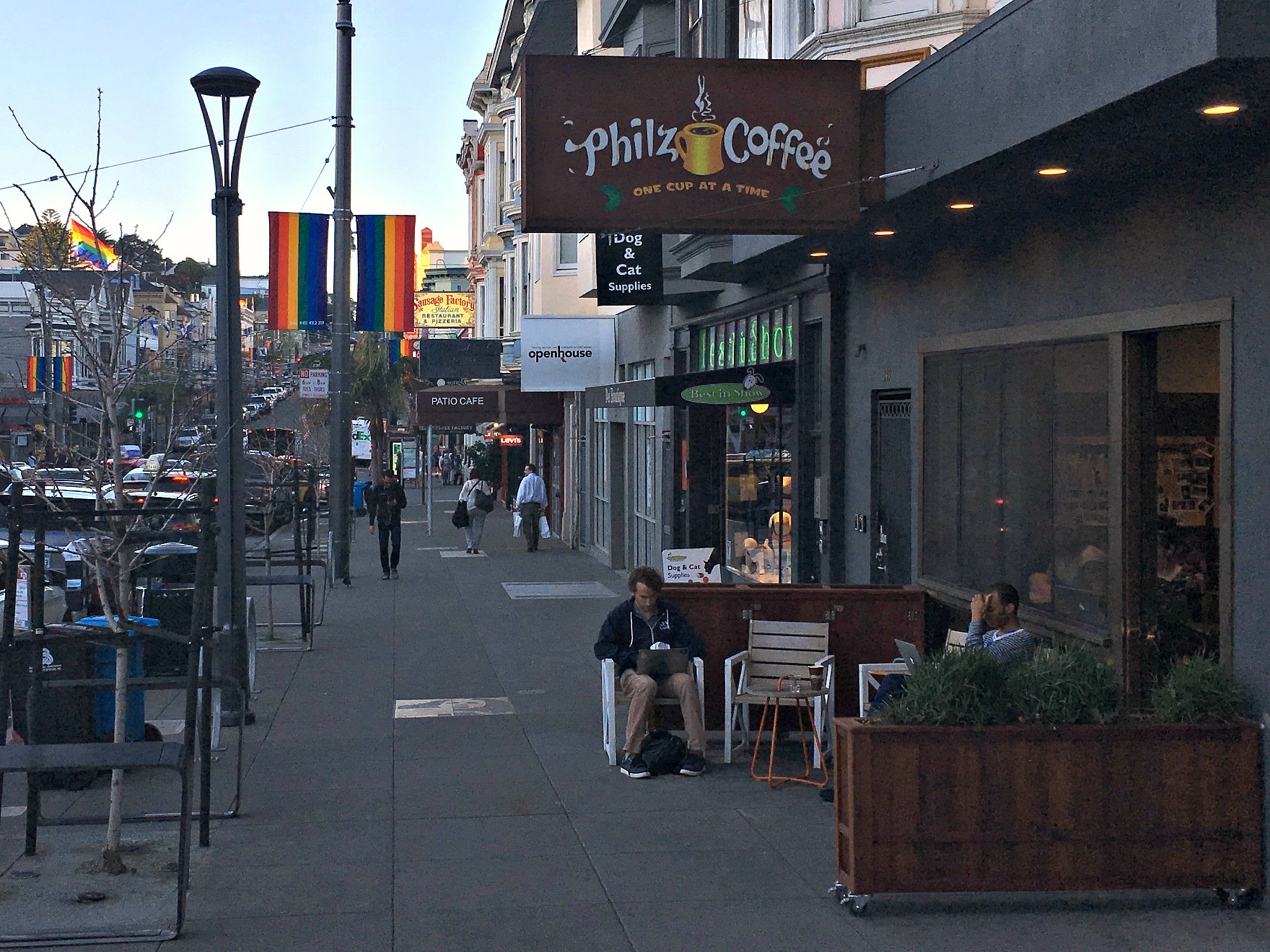
“It could be that some property owners and managers have been holding onto vacant properties for a while, to maximize rents in the now-stronger economy,” Aiello said.
“We know landlords who refuse to rent,” said Terry Asten Bennett of Cliff’s Variety, the Castro’s longest-running retailer. “[Vacancies] kill the vitality of the neighborhood.”
Daniel Bergerac, who serves as the president of the Castro Merchants and owns neighborhood dog groomer Mudpuppy’s, thinks one thing the city could do is streamline its conditional use process, to make it easier for formula retail—or business “chains” that have 11 or more stores around the globe—to come into the neighborhood.
“I like the conditional use process,” Bergerac said. “But it should be simplified a bit so it isn’t so time-consuming and costly to bring these merchants in to fill some of these spaces.”
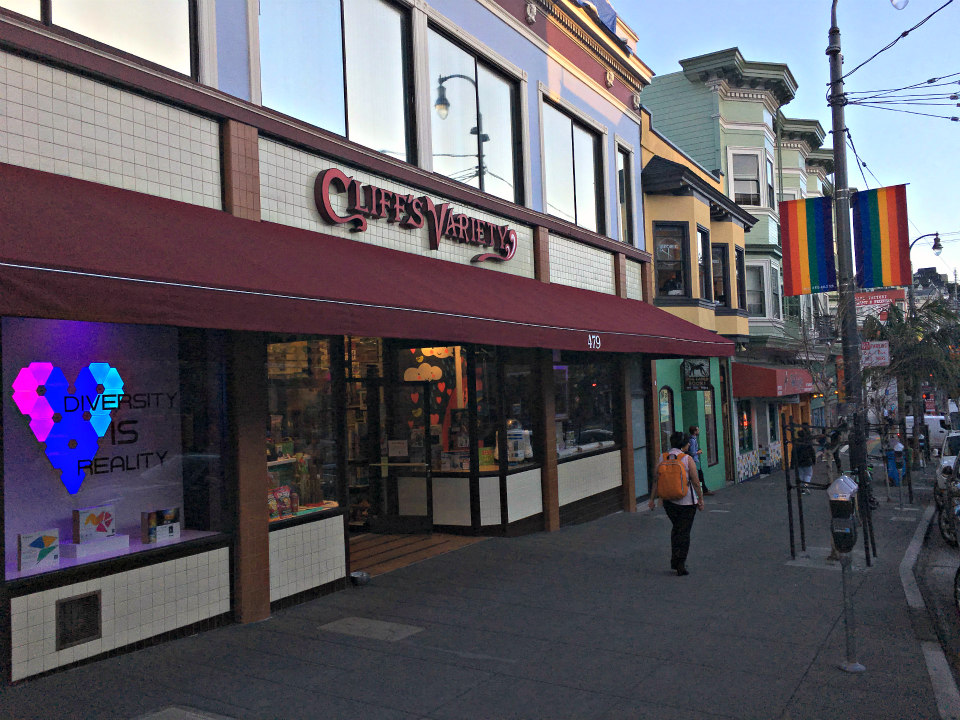
Bergerac doesn’t necessarily think that all chain stores will succeed in the Castro. He attributed a portion of the current vacancy surplus to what he called the “Amazon-ing of retail.”
“People treat local stores like showrooms, and then they go home and order things online,” he said. “The businesses that are thriving in this neighborhood are services, food, and the bars.”
A bakery would fall into that category—or at least, that’s what the owners of the Castro’s forthcoming Le Marais Bakery are counting on.
The artisanal bakery is slated to open within the next few weeks, but owner Patrick Ascaso said the entire opening process has taken him more than a year.
“We signed the papers last March,” Ascaso said. “We thought we would be doing a light remodel and opening in the summertime, but unfortunately, the building was in much greater disrepair than we had anticipated.”
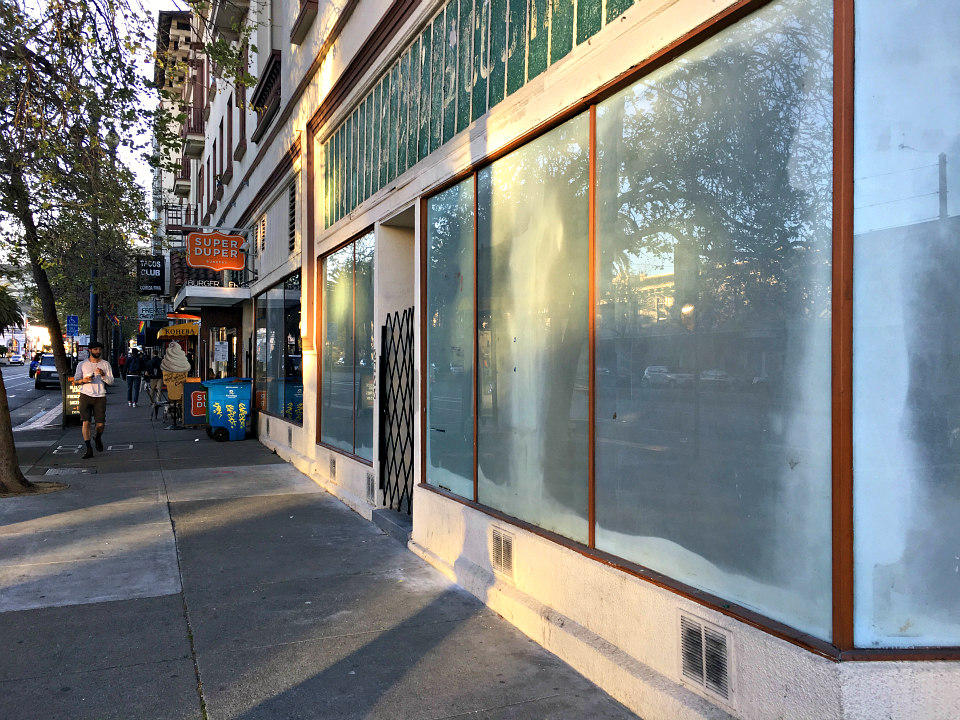
Supervisor Jeff Sheehy says that the city could be doing more to help businesses like Le Marais get—and stay—up and running.
“Given that things are so expensive in this city, our regulatory processes aren’t streamlined enough to get businesses up and running,” he said. “And the longer it takes to set up a business, the harder it is to stay alive.”
Juliet Pries knows this firsthand.
Pries, who owns Cole Valley’s Ice Cream Bar, will open her second business, the Castro Fountain (554 Castro St.), in the next few weeks. That’s nearly two years after she first signed her lease, in April of 2015.
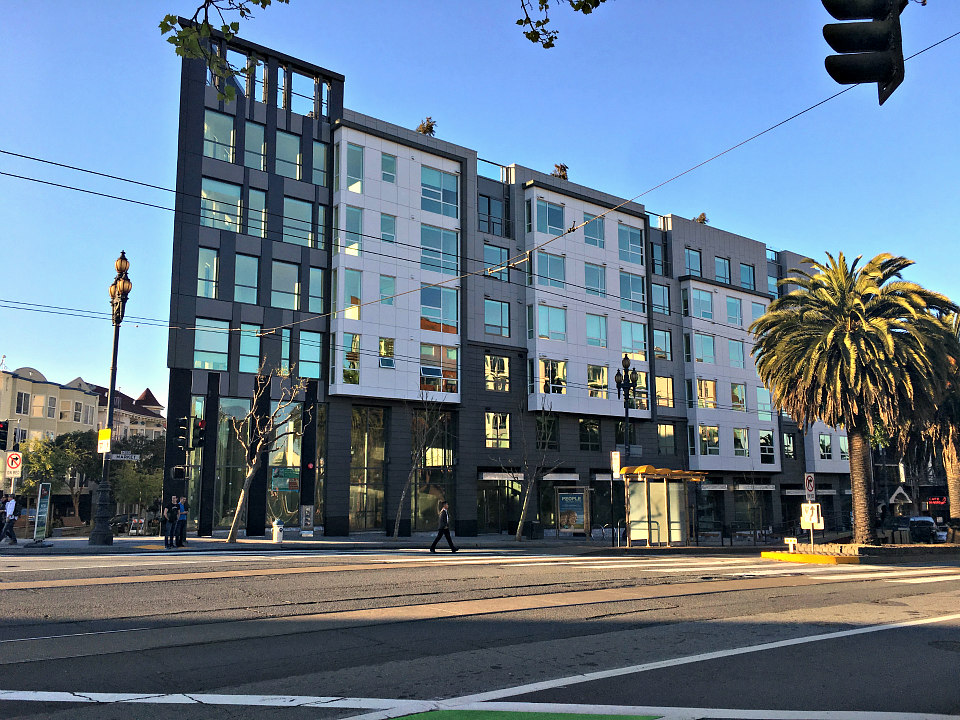
“‘Streamlined’ would never be a word I would use to describe what has to be done [for new businesses right now],” Pries said. “I should have my final sign-off right now, but I’m still running into this and that with different departments."
Pries, who encountered similar difficulties with Ice Cream Bar, explained that the Planning Department was more helpful this time around, but other city agencies and PG&E continue to make the experience difficult.
“At the other departments, you would see signs like, ‘We’re so busy,’ ‘We’re backed up’ or ‘Expect delays' posted up all over the office, because there are a lot of buildings going up right now,” said Pries. “So if you’re a small project, you’re just screwed."
Joaquín Torres, deputy director of the SF Office of Economic and Workforce Development, says that his office is trying to simplify the process of opening a business in the city. He said he’s not worried about the number of Castro vacancies, as much as the rate at which those vacancies are filled.
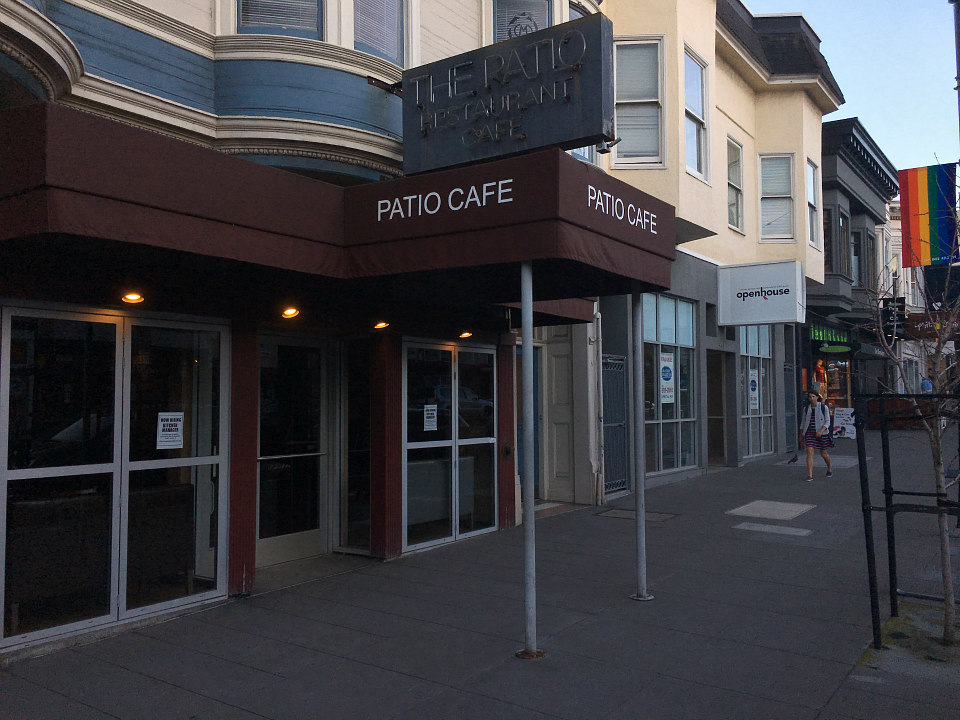
“You have a city-, state-, national- and world-recognized neighborhood in the Castro,” Torres said. “It’s a very successful commercial corridor that’s the envy of [others] across the city.”
Bergerac, the Castro Merchants’ president, told us he sees the Castro’s retail vacancies as three steps forward, one step back.
“I’m always optimistic that there is more coming,” Bergerac said. “There is a certain vibrancy that the Castro has.”
While small business owners are arguably facing more challenges than ever—higher rents, cumbersome regulations, and quality-of-life concerns—they’re a resilient bunch, he said.
“That’s the entrepreneurial spirit. That’s what small business is about: to provide goods and services that people want, need, and desire. That’s what we’re trying to do.”
We've been working with our partners at ABC7 to cover this issue. Check out what they found when they interviewed people around the neighborhood in the clip below. Find a summary video of the results here.

